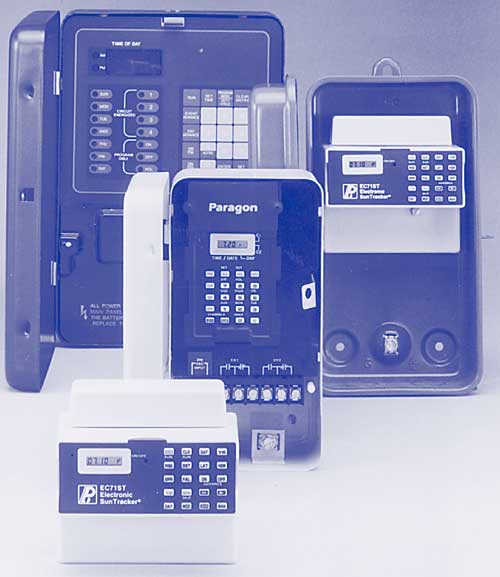Overview of…
Note 10. Clock Controls and Programmable Thermostats
The most powerful technique of energy conservation is turning off equipment when it is not needed. The best methods are recommended throughout the Energy Efficiency Manual. Time control is often used, alone or in combination with other methods, because equipment often is needed on the basis of specific time schedules.
Achieving effective and long-lasting time control involves three main steps: (1) select clock controls that have sufficient flexibility to adapt to all the predictable variations in schedule, (2) provide clear instructions for setting and adjusting the timers, and (3) install overrides that allow users to easily bypass the timeclock or programmable thermostat when equipment is needed during unscheduled periods.
This Note explains the points to consider when selecting and installing time controls for a wide variety of applications, including lighting and HVAC. It explains the many types and features that are currently available, including special types such as astronomical timeclocks and interval timers.
A programmable thermostat is a combination of a timeclock and a thermostat. It provides ease and flexibility in tailoring thermostatic control to requirements. However, you have to be careful in selecting both the time control features and the thermostatic features.
Click here to return to the Table of Contents


